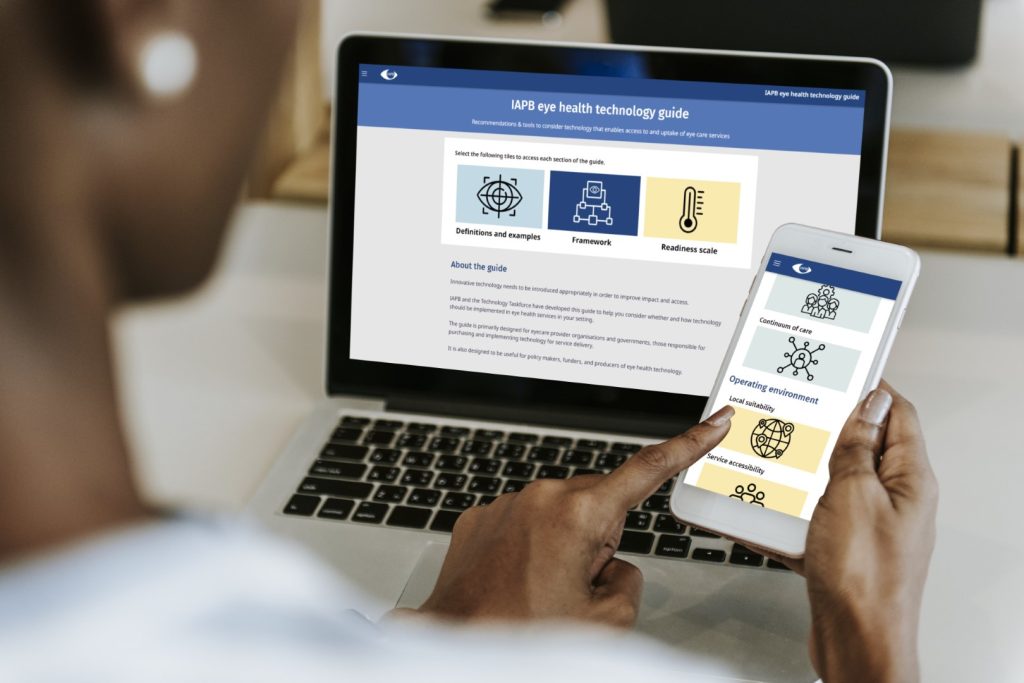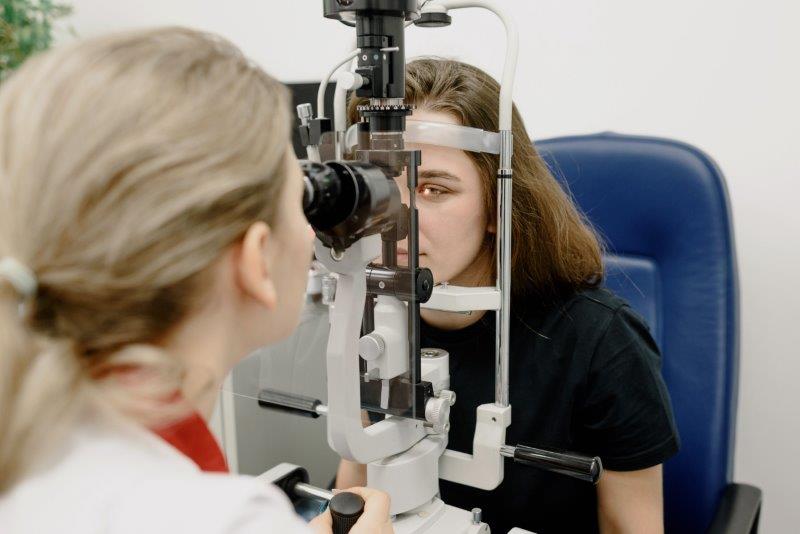Why an accessible practice is good practice
We all know that prioritising accessibility is crucial in enabling access to healthcare for all. It’s the right thing to do, but it’s also good for your business.
Broadening your customer base
More than one million New Zealanders have an access need or disability and more than 40% of those have multiple disabilities, according to the 2013 Disability Survey by Stats NZ. That doesn’t even include older New Zealanders who represent another fifth of our population and who develop access needs as they age. In fact, the same survey tells us 59% of people over the age of 65 have at least one impairment or disability.
It’s clear from these figures that if your practice is not accessible you could be missing out on a significant number of potential customers. These customers make up what we at Be. Lab call the ‘access market’ and this group has significant spending power. The baby boomer generation is the wealthiest in history, spending more on consumer goods than any other generation. By 2025, professional millennials – 30% of whom identify as having a disability – will make up 75% of the labour force, so the access market represents a massive and untapped opportunity.
Accessibility is about ensuring that your customers feel welcomed into your business and have a great experience. But embracing it will also make your goods and services available to a new market, expand your customer base and grow your business.
Brand reputation and loyalty
Being known for your commitment to accessibility also has a trickle-down effect – people with disabilities are surrounded by family members and friends who also recognise the value in, and are loyal to, businesses that accommodate all people in society. American Institutes for Research’s 2018 ‘A Hidden Market’ report also shows that the majority of general consumers support brands that champion diversity and inclusion, and consumers are four times more likely to purchase from, and even more likely to recommend, these brands to others.
Research also shows that services designed to accommodate senior or disabled customers can reach four times the number of intended consumers, significantly impacting organisations’ bottom lines. That’s because designing for accessibility maximises usability and usability is good for everyone. For example, a shop or public toilet that is easy to navigate for a person using a wheelchair will also be easy to use for a parent with a pram; having easy-to-find information and contact details on your website is useful for all customers, not just those using assistive technology; clear wayfinding signage benefits everyone, not just those with a visual impairment.
However, it’s important to realise that many customers will only give a business one chance to prove it can meet their needs. A 2015 report from the UK’s Business Disability Forum reported 75% of people with disabilities and their families said they had left a business because of poor accessibility.
So, how do you know if your business is accessible?
A first step is to take the Be. Lab free online assessment www.belab.co.nz/accessibility-assessment to help you understand where your business is at right now. You’ll get a free accessibility report delivered to your inbox, outlining what you’re already doing well, plus suggestions for where you can improve.
In my next column, I will offer tips on simple ways to instantly make your practice more accessible.

Lauren Wetini is a business relationship manager at Be. Lab. (formerly Be. Accessible), which was founded in 2011 to support individuals, businesses and communities provide greater accessibility. She has 10 years’ experience as both an assessor and project manager in the accessibility space and is passionate about people and making the world a better place. Contact lauren@belab.co.nz to discuss your business’ specific accessibility needs, or visit www.belab.co.nz



























